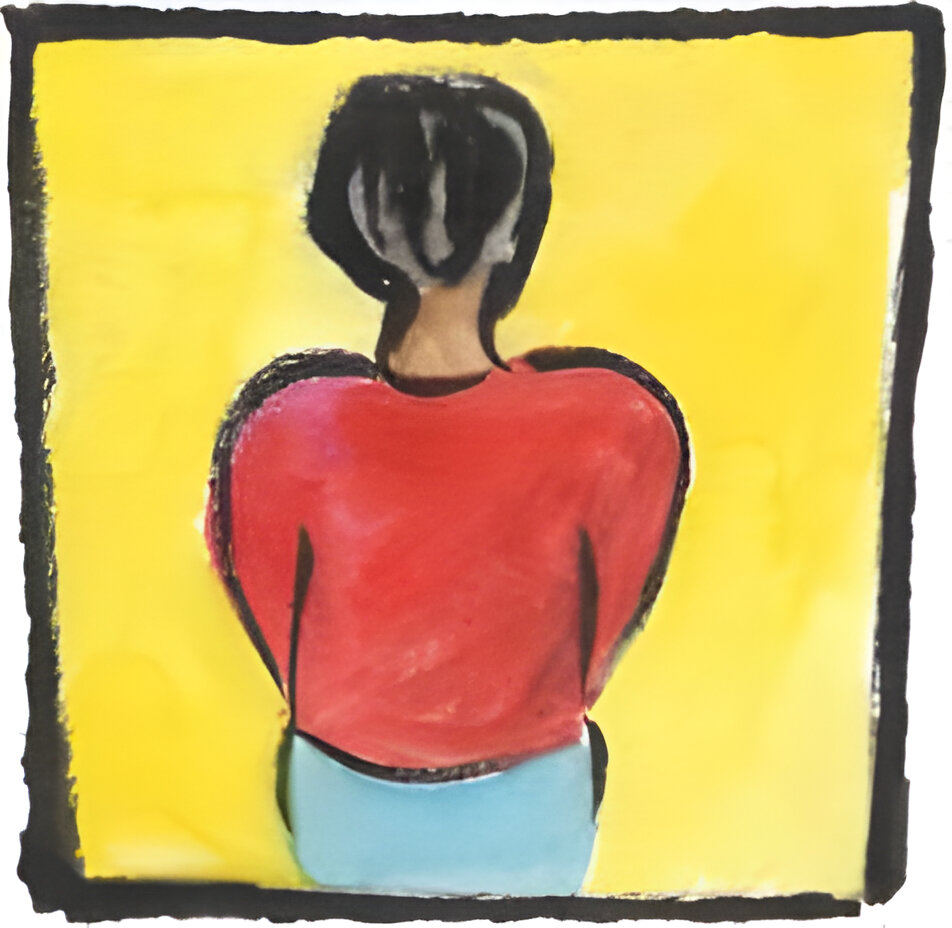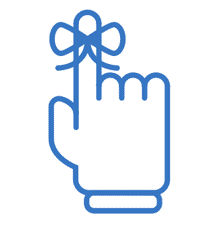Back-lying, learning to use the feet – and later, the arms in a self-hug position – to roll the body and reach to the sides. Setting up later lessons in this collection through developing suppleness of the torso and integration of the feet and eyes as they relate to smooth weight-shifting. "Walking" the hips and shoulders along the floor. Recorded in a series of classes about posture, balance, and grace.
Back-lying, often both knees bent. Tipping crossed legs and eventually "triangle arms" to gently twist, turn, and roll the body, in order to learn more awareness, control, and coordination of the major flexor and extensor muscles of the torso.
Side-lying, using a reference movement of the arm standing like a periscope. This lesson softens, mobilizes, and integrates the use of the chest and shoulders.
Lying on the back and sides, with some rolling transfers between, hands often on the lower ribs, learning to sense and soften the ribs, spine, and shoulder blades and integrate their movement with the pelvis and legs.
Back-lying, side-lying, and learning to transition between the two efficiently and comfortably. What happens when we reach so far we can't help but change orientation? A more advanced lesson (it's ok, as always, to skip or return to it later).
Back-lying, knees bent, learning to gradually lift and lower the pelvis and spine. This variant of a classic Feldenkrais lesson cultivates awareness especially around the middle and upper spine and ribs, the shoulder blades, sternum, and C7 (seventh cervical vertebra) region.
Mostly in back-lying, knees bent. Using a precise configuration of the shoulders and elbows to mobilize and build awareness of movements and relationships of the shoulders, shoulder blades, clavicles, sternum, spine, head, pelvis, and the whole rib structure.
Designed to be as accessible as possible, this lesson uses frequent back-lying rests and auxiliary movements to help listeners find more comfort, ease, and learning value while prone. Moving with awareness while lying on your belly can lead to unique benefits for the spine, chest, shoulders, and neck, as well as improvements for posture and breathing.
Framed with standing explorations of shifting weight, this back-lying lesson explores important and often underrepresented functions (in our self-image of movement) of bending sideways, and connects them to improving balance, and our use of the hips, spine, chest, neck, head, and functions of the legs and feet.
Lying on the back, knees bent. This lesson explores the basic human function of the legs pushing the pelvis forward into the world. It creates opportunities to better sense and articulate the spine and ribs, and organize the flexor and extensor muscles, all within the frame of discovering and using your natural primary spinal bias.
Back-lying, tilting the crossed legs to organize the flexors and extensors, and eventually using the tilted crossed legs as a constraint to help learn more suppleness of the spine, chest, shoulders, and neck.
Prerequisite lesson: Advanced Twisting Part 1. Back-lying, using the tilted crossed legs as a constraint to help learn more suppleness and better upright organization of the spine, chest, shoulders, and neck, with awareness of and sensitivity to one's own biases.




I arrived at this site nursing an overuse injury to my thumb and wrist; so I decided to begin my exploration with this series. It was magic, and opened up the channels of arms and ribs and heart. A wonderful way to begin the immersion into feldenkrais
I feel exercise of this type will help improve movement with arthritis.
Thank you so much Nick and thanks so much for letting me come across such a great course, lots of love to you .